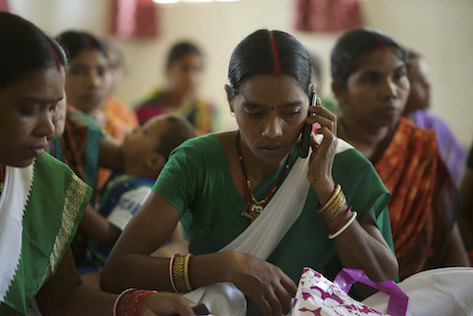
As more of the world’s population comes online, we know that internet growth across the globe has been unequal. Not only are women less likely to be connected, they also use the internet in less meaningful ways, resulting in offline gender equalities being manifested online.
To address the digital divide, the gap in internet access and use between women and men must be measured and understood. As a starting point for those looking to integrate the gender digital divide into their research, the Web Foundation, A4AI, GSMA and the Association for Progressive Communications collaborated to develop a Toolkit for researching women’s internet access and use. The toolkit offers guidance on conducting research involving women, providing qualitative and quantitative example questions across a range of research topics, and including a number of resources useful for designing research projects and analysing data around internet access and use.
This partnership has been part of our commitment to the Broadband Commission’s Working Group on the Digital Gender Divide, and places women front and centre in the analysis, as we need more nuanced insights into the barriers and perspectives specific to women getting online and meaningfully participating and contributing to the digital economy. See also our call for women-centered analysis on how we assess and calculate the digital gender gap.
We hope that this toolkit will act as a stepping stone to collect sound, sex-disaggregated data on women’s internet access and use in support of the UN Sustainable Development Goals (SDGs) for gender equality.
Our Women’s Rights Online network will be embarking on the next phase of research on women’s access and use of the web this year, and will draw from the proposed research questions in this toolkit, as well as our REACT advocacy framework to deepen how we better understand the digital gender divide. Stay tuned for more.
Download: Toolkit for researching women’s internet access and use.
This post originally appeared on the Web Foundation blog.
Leave a Reply
